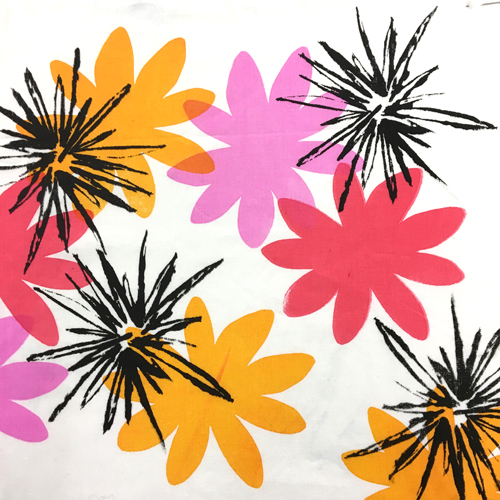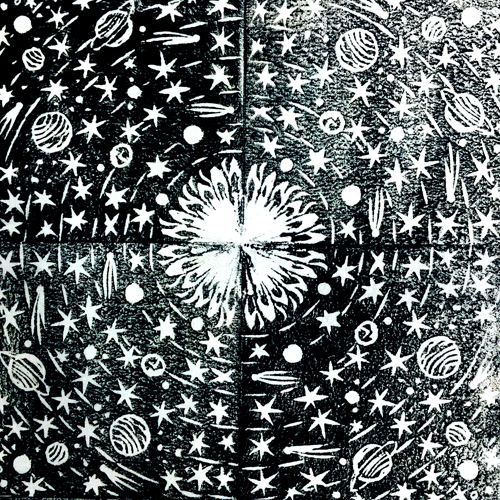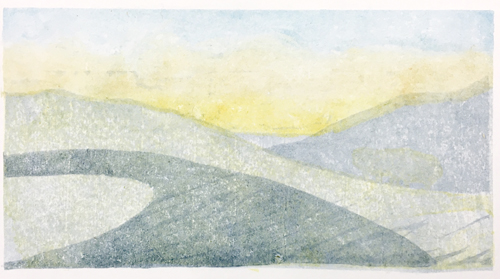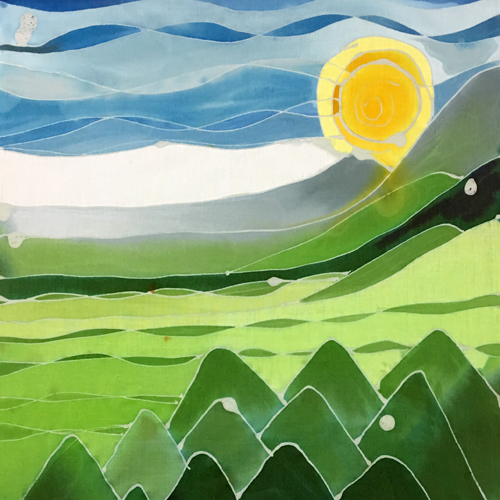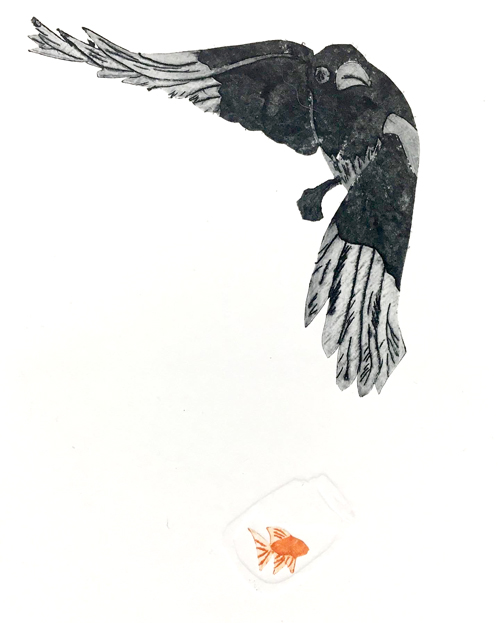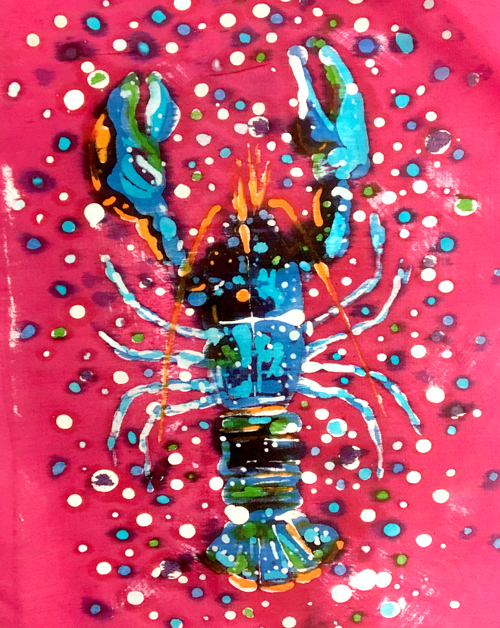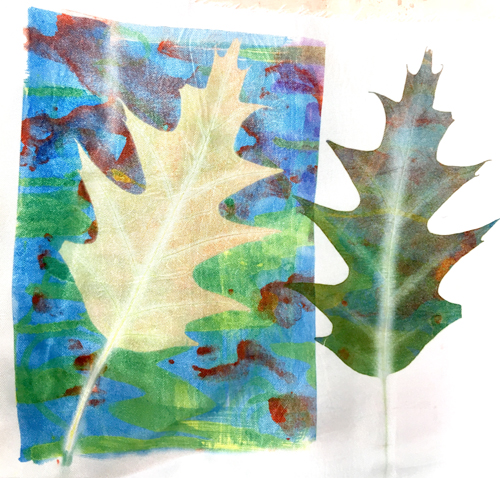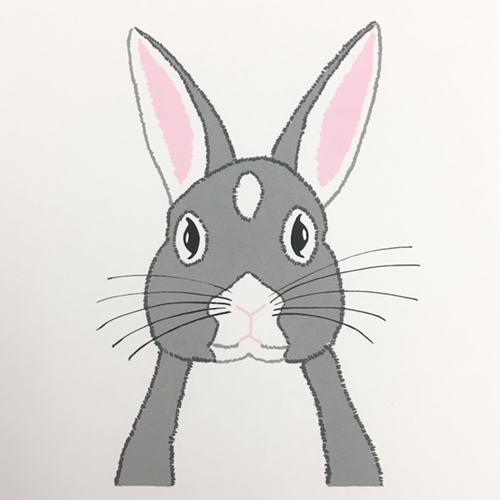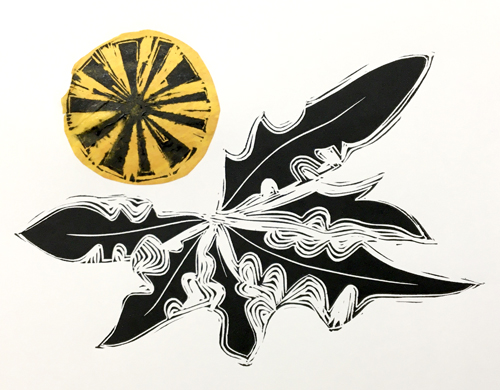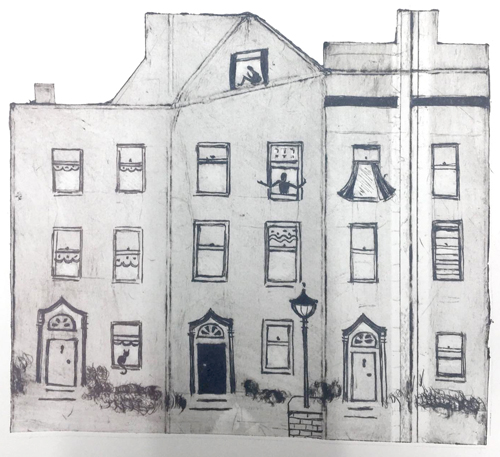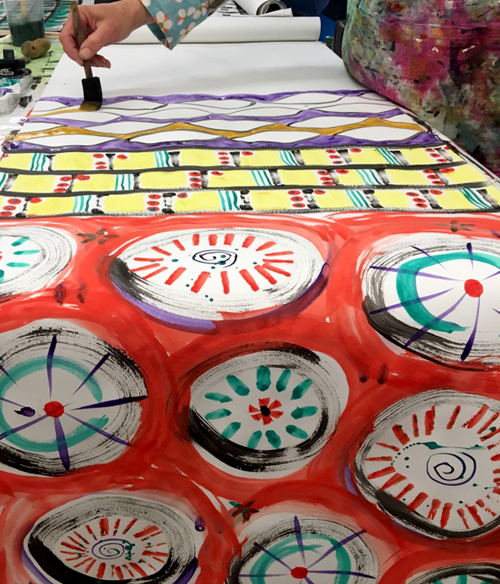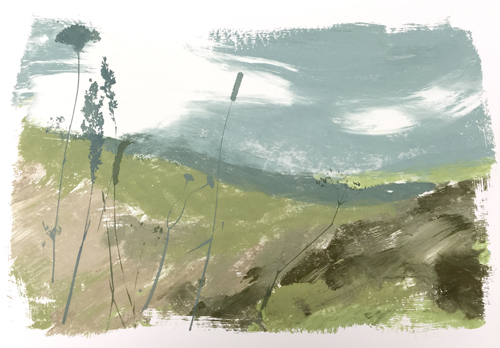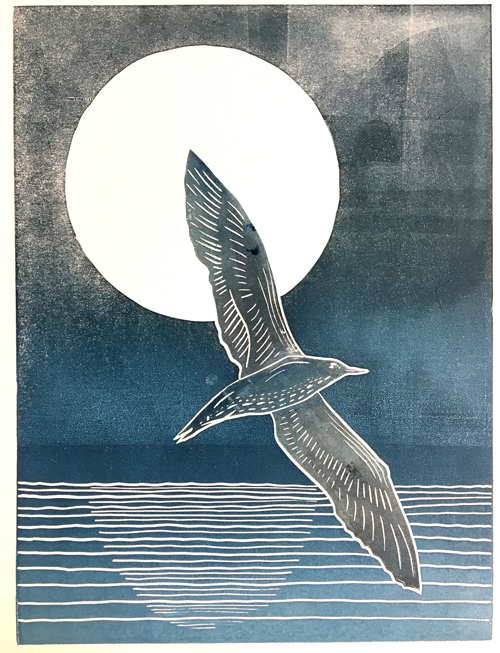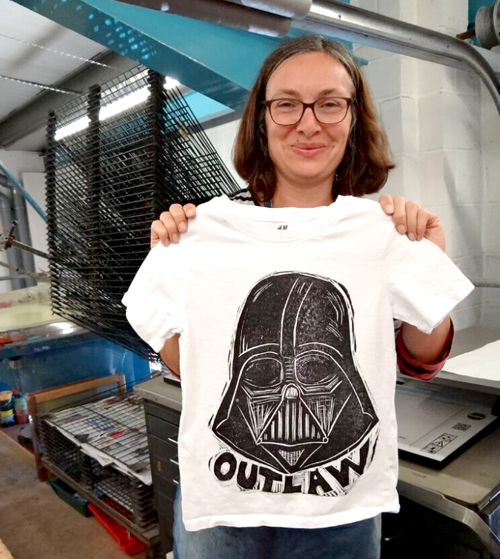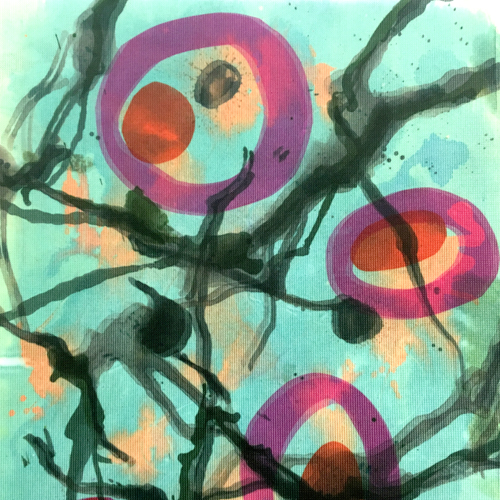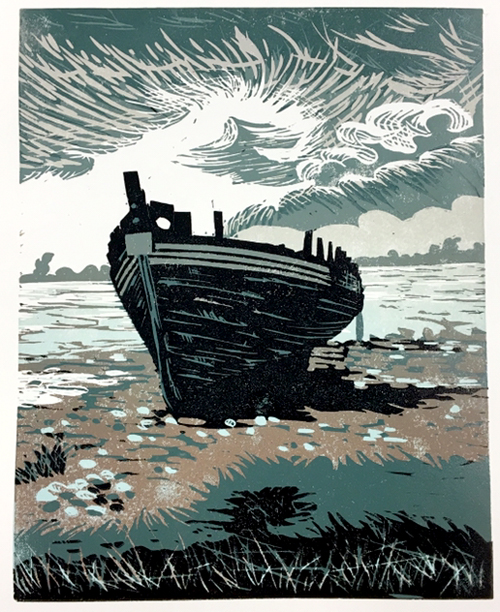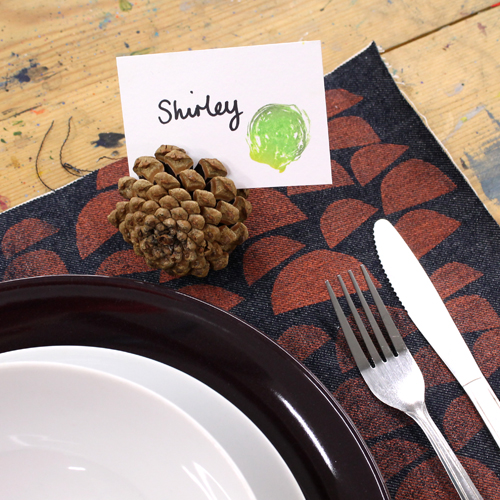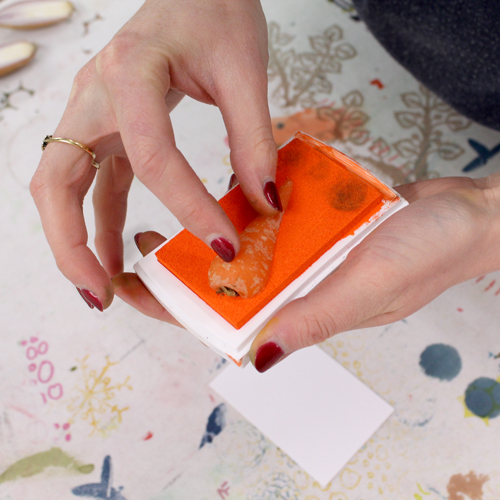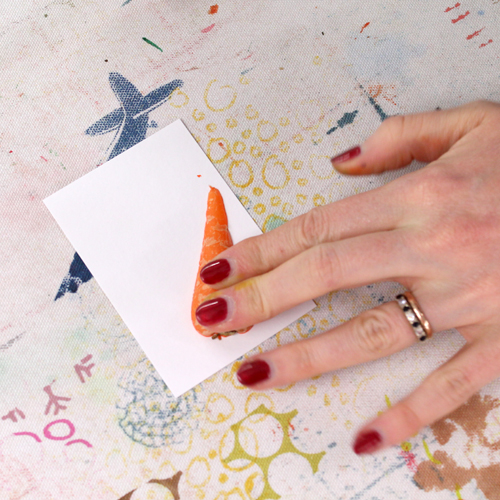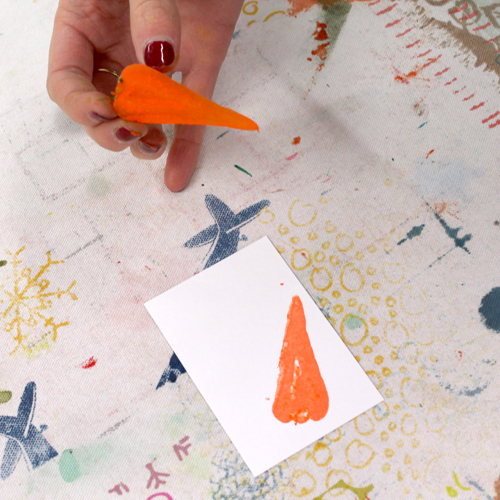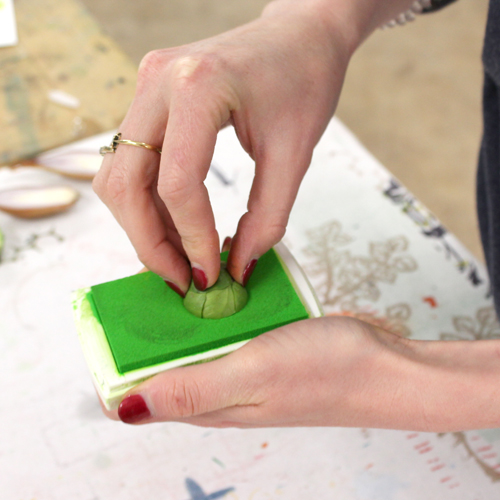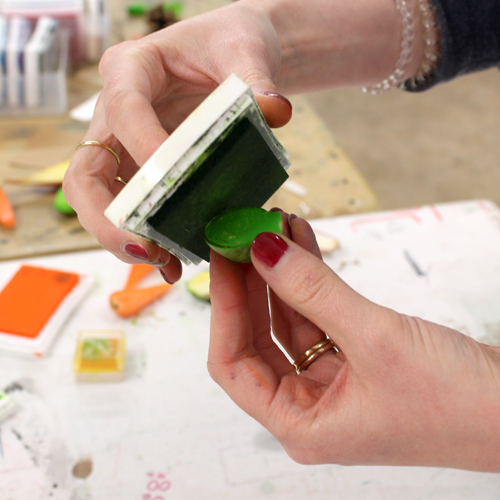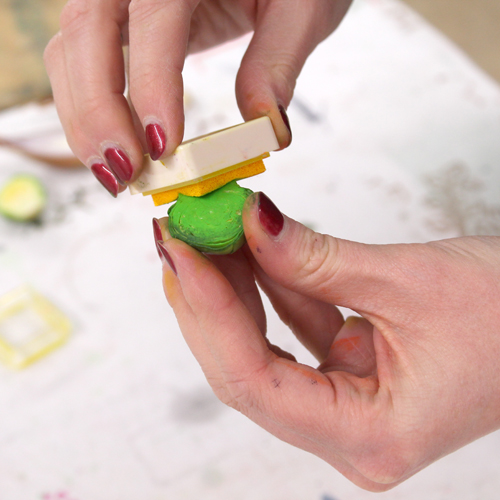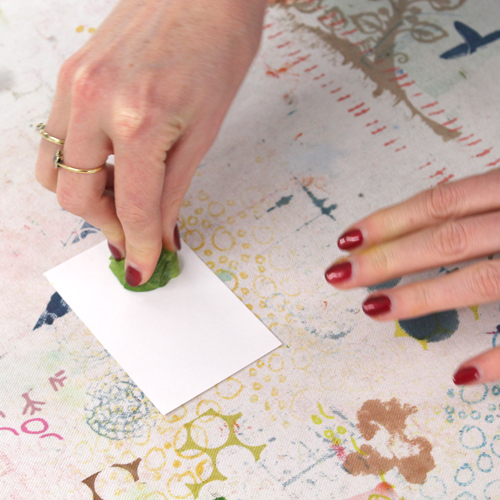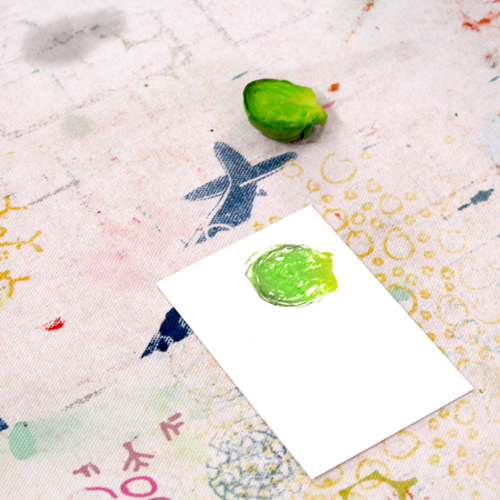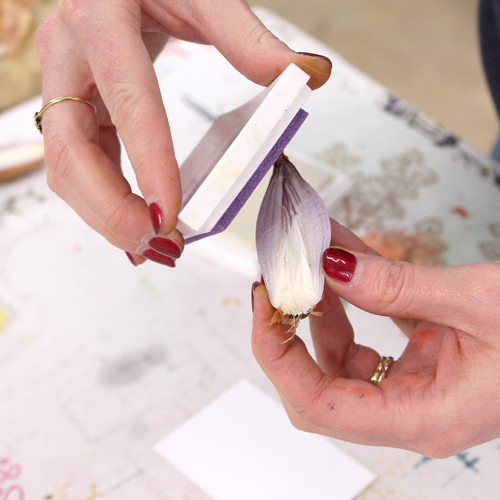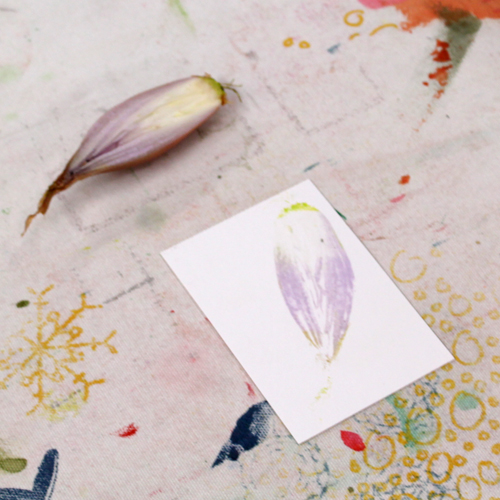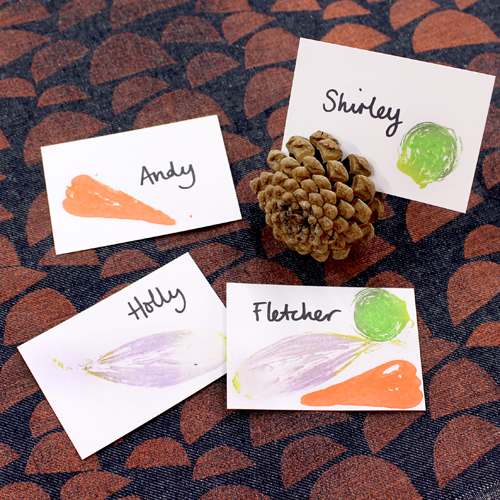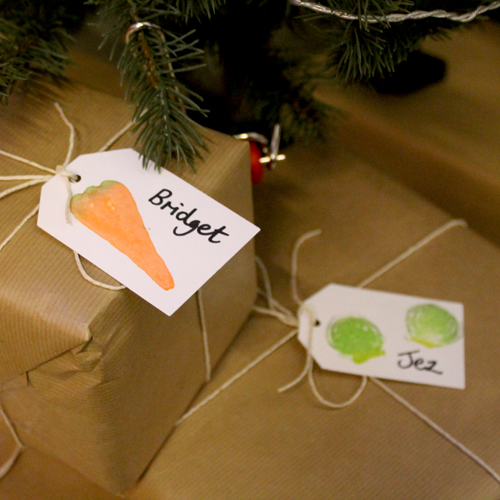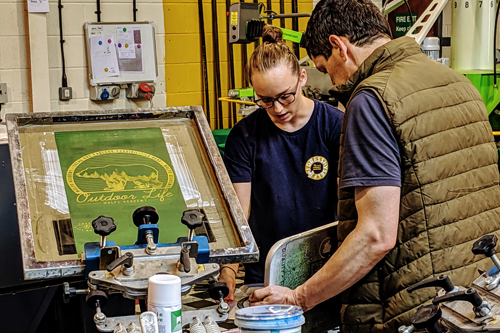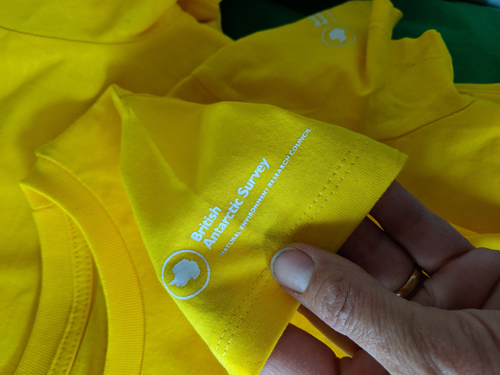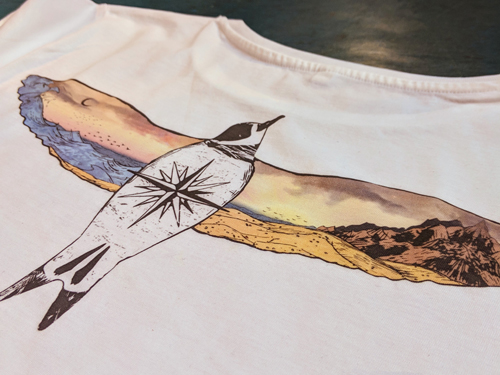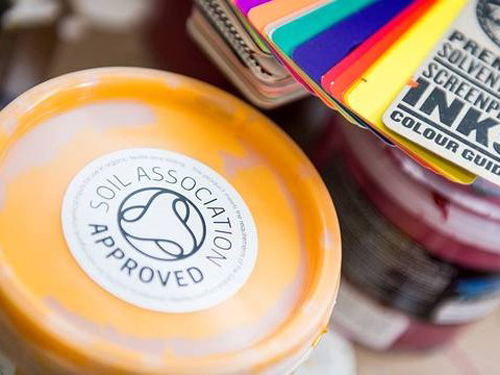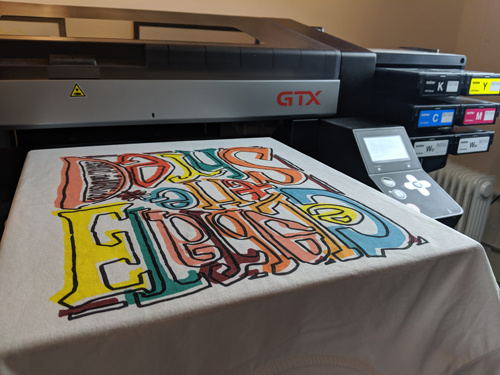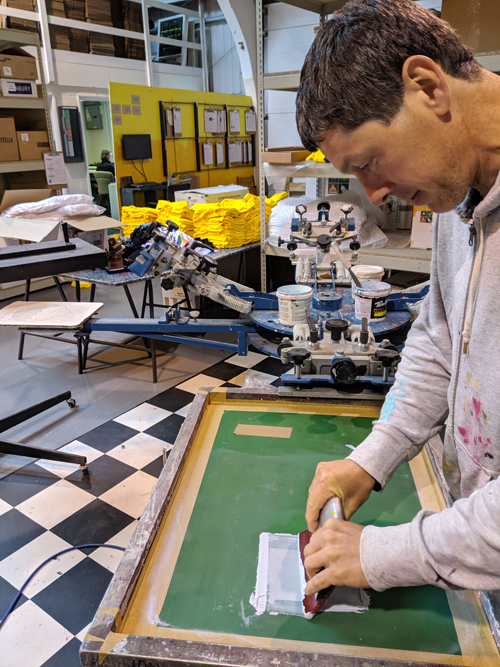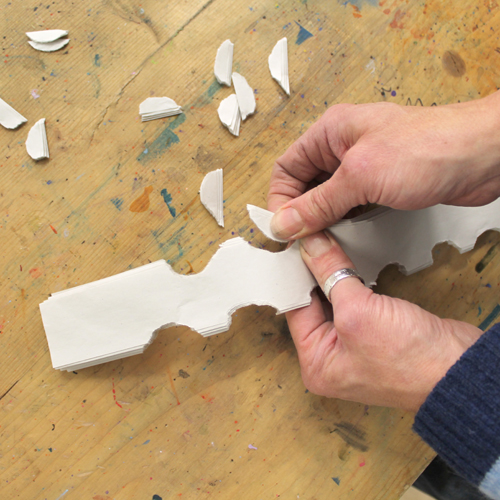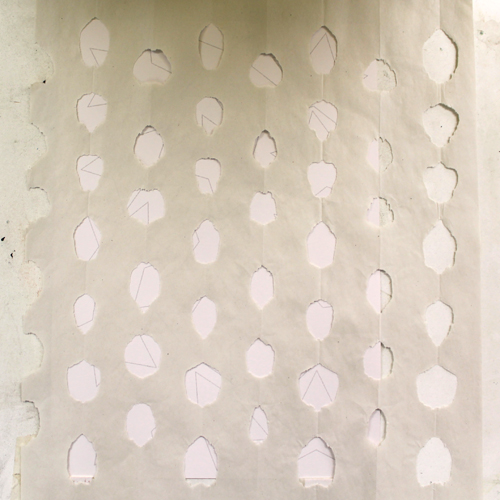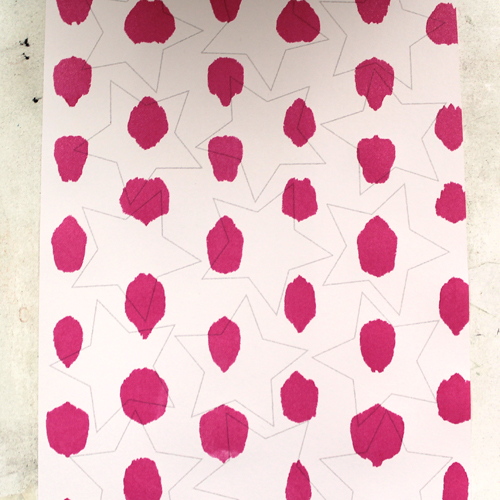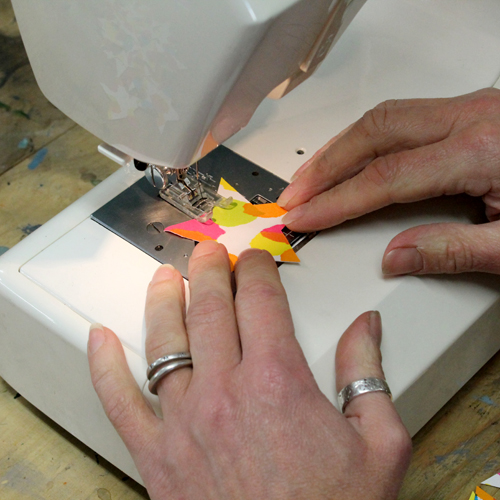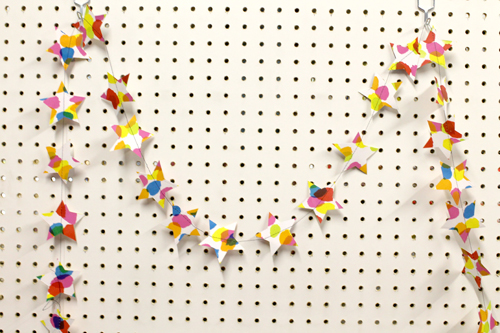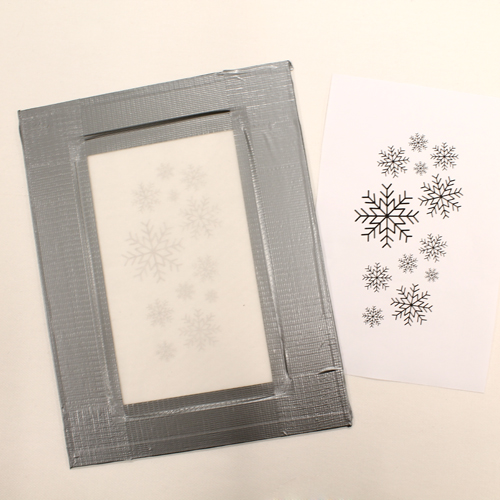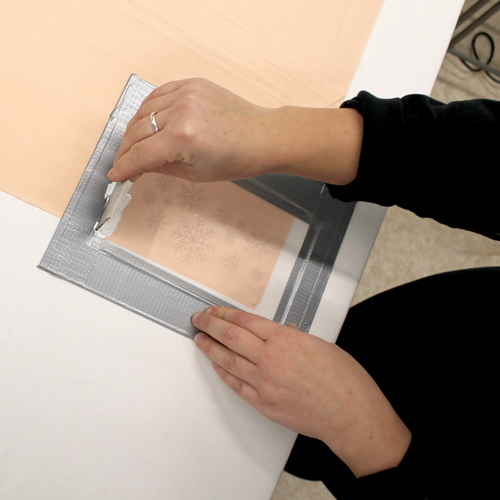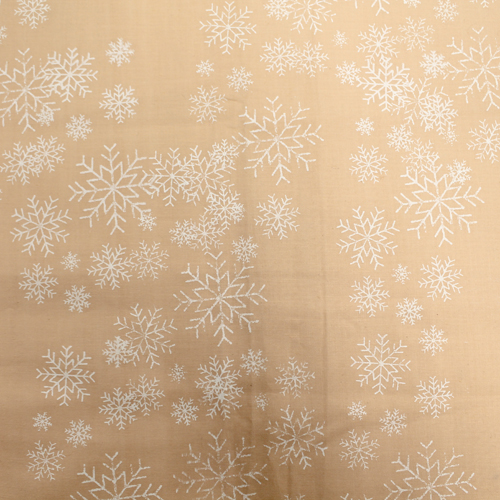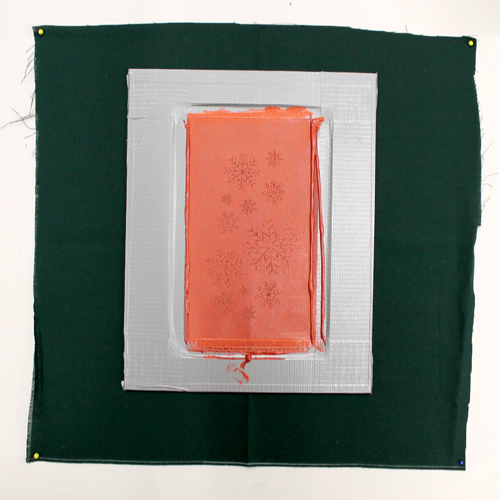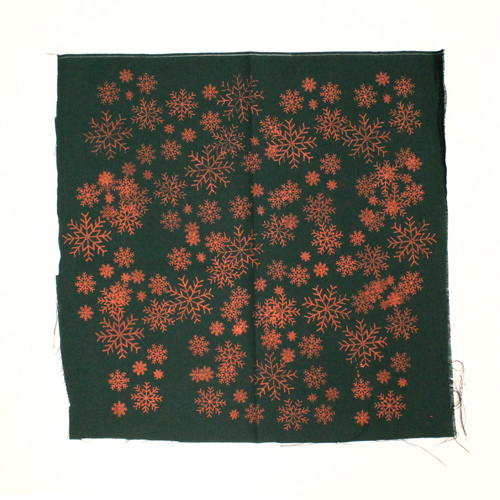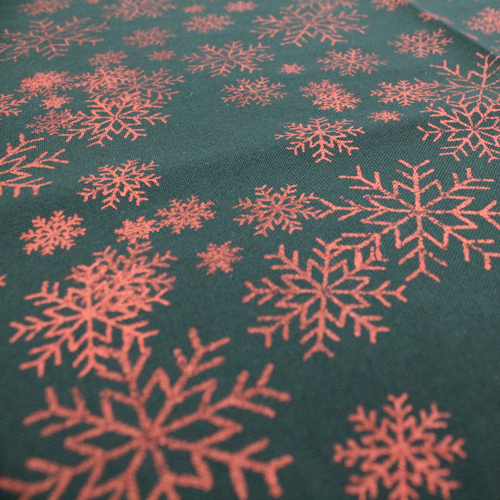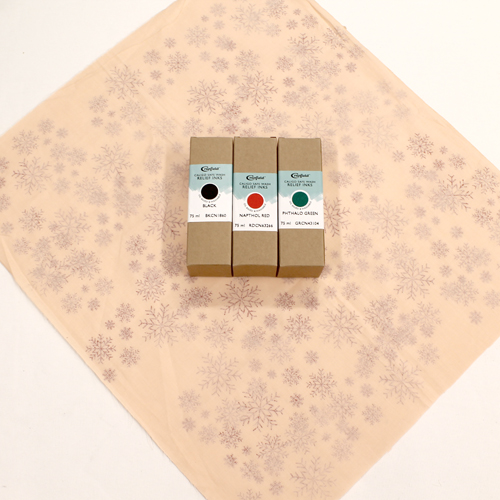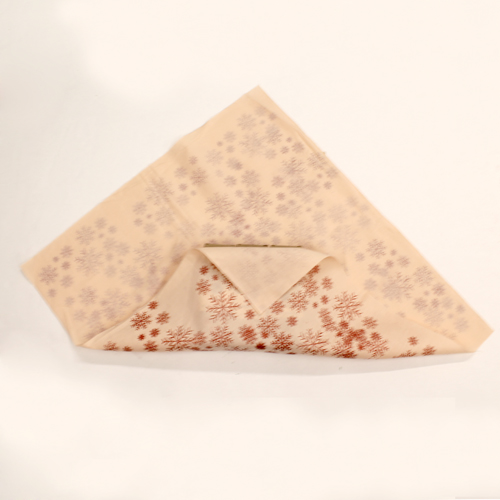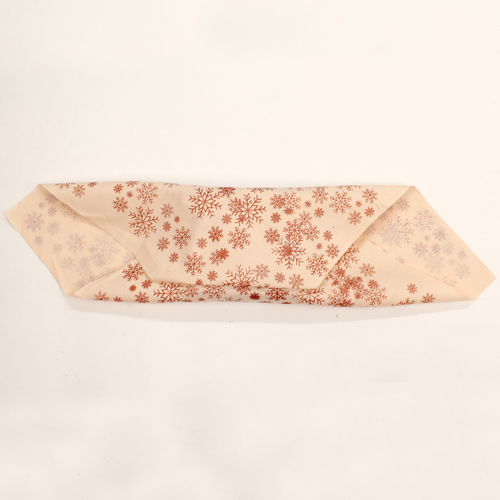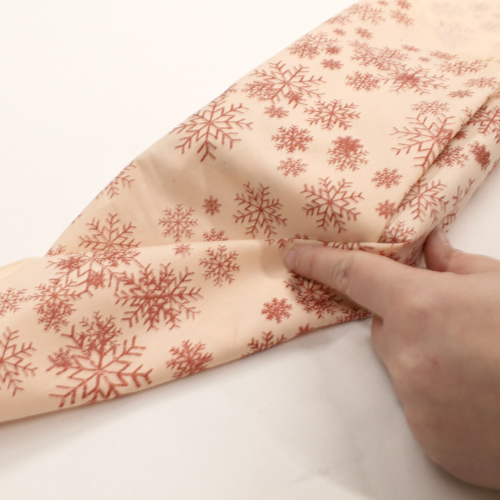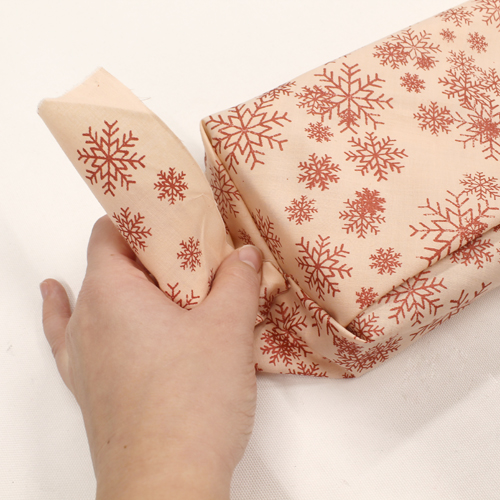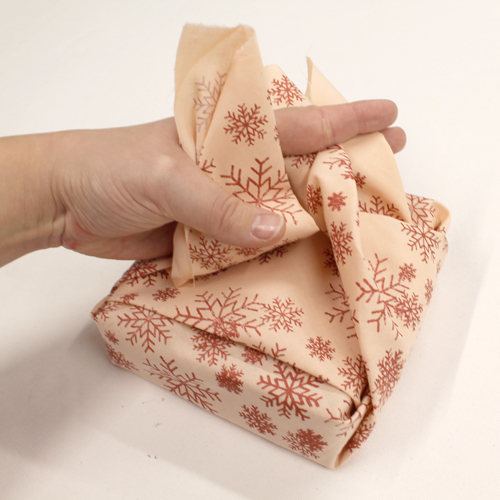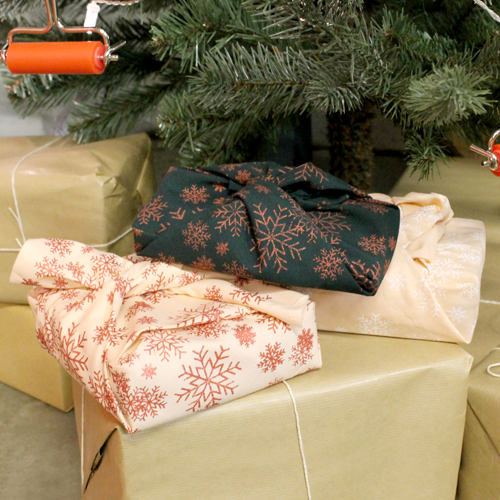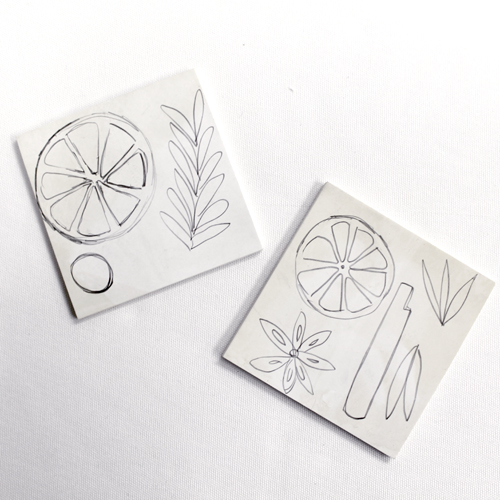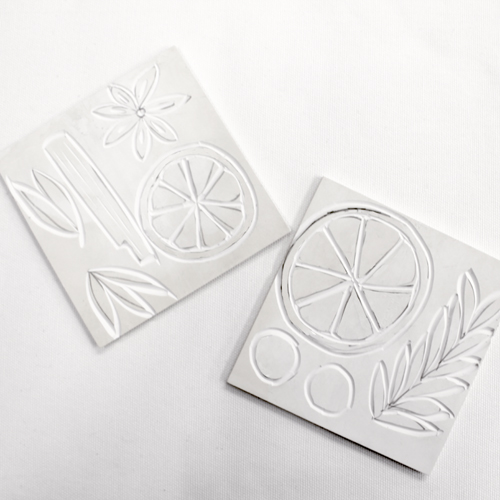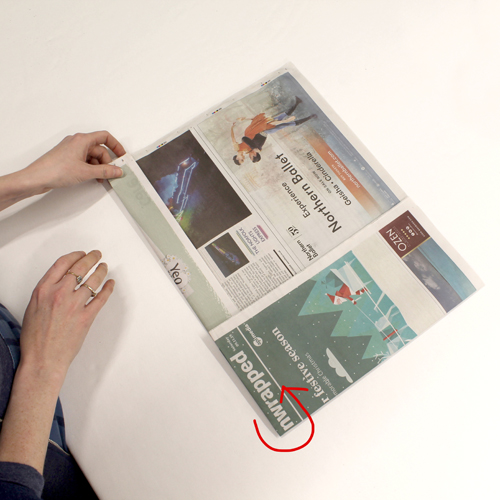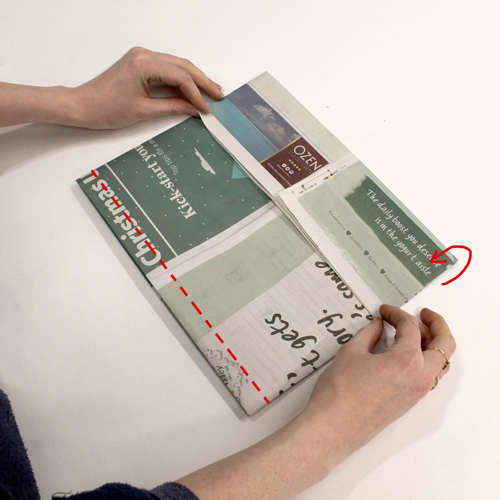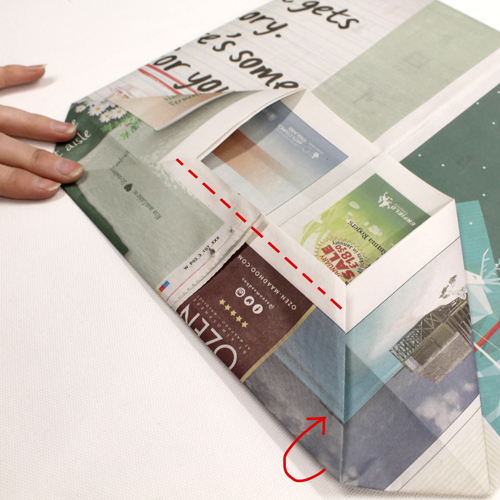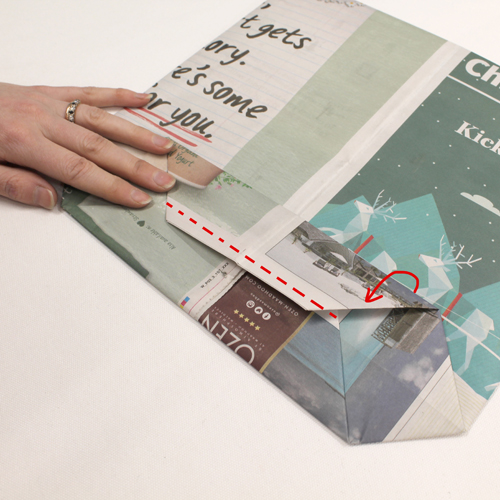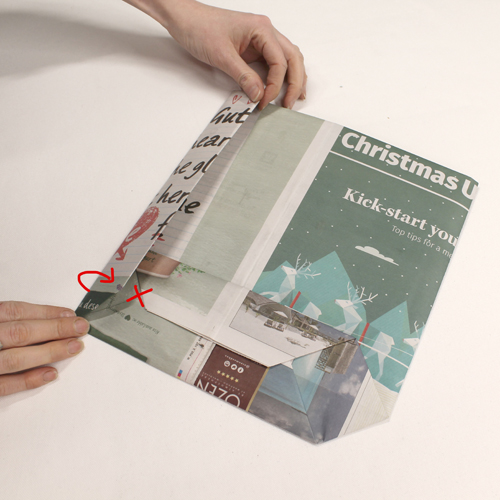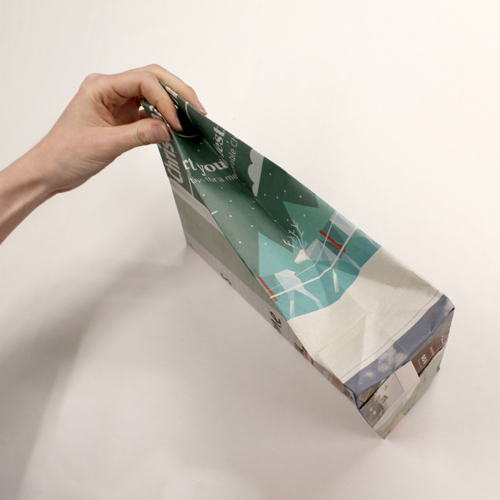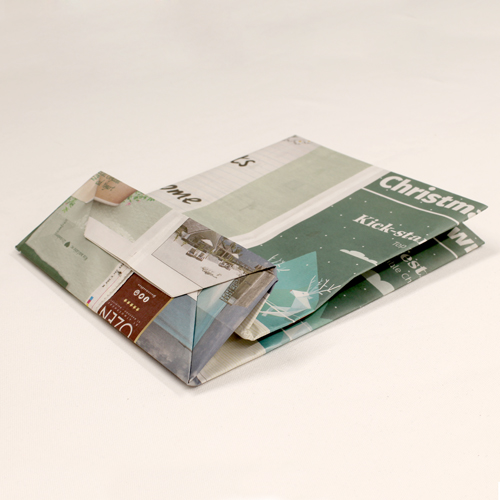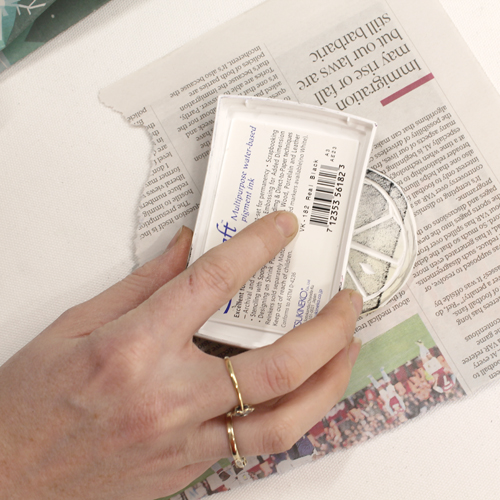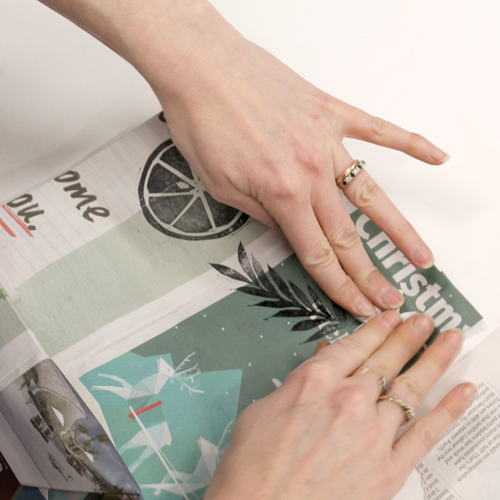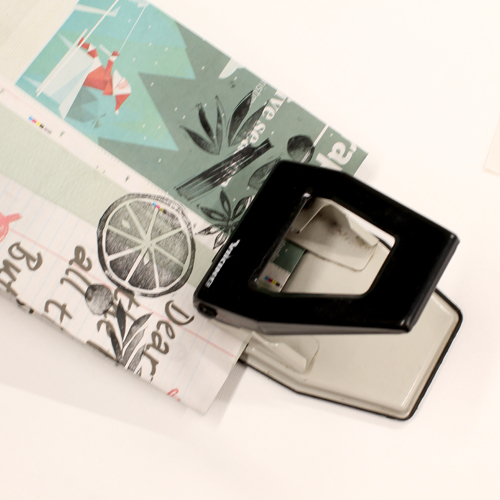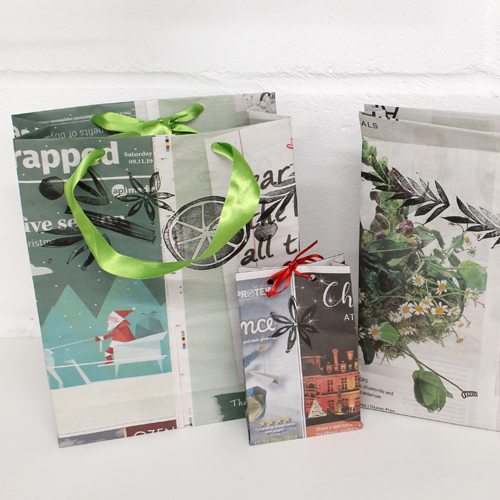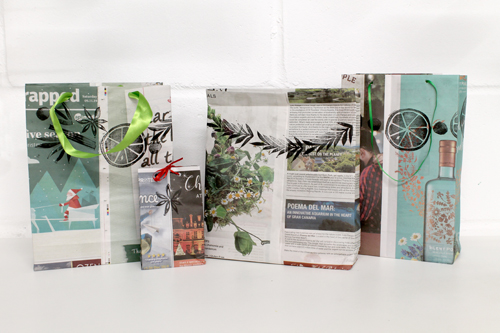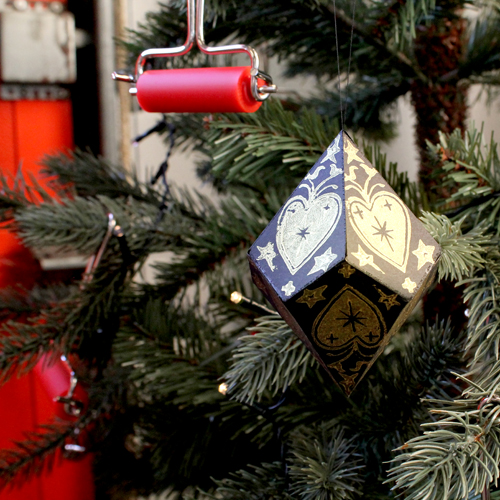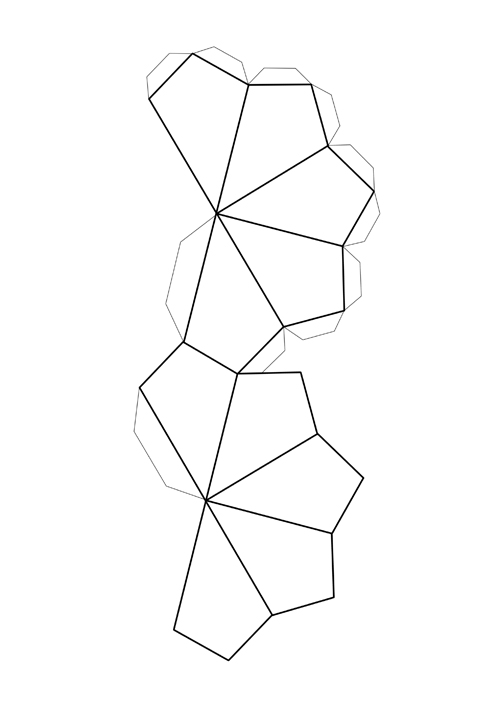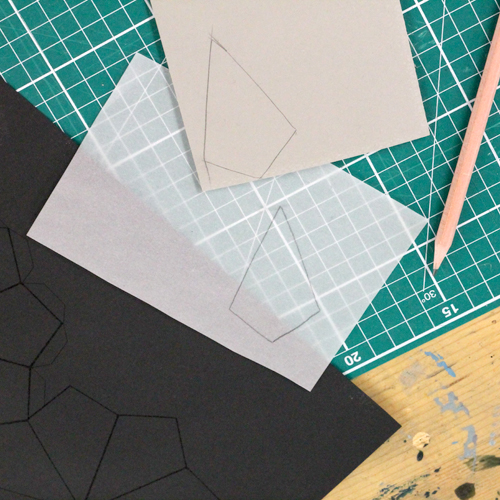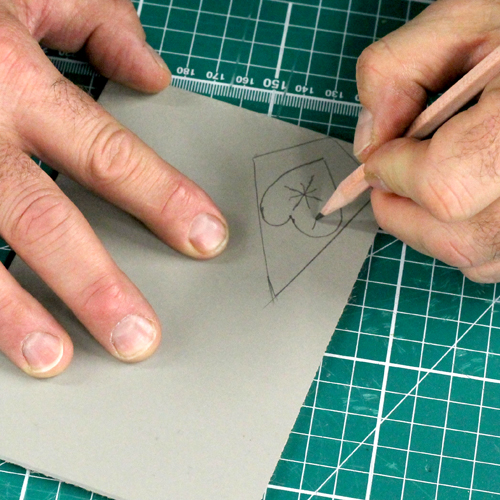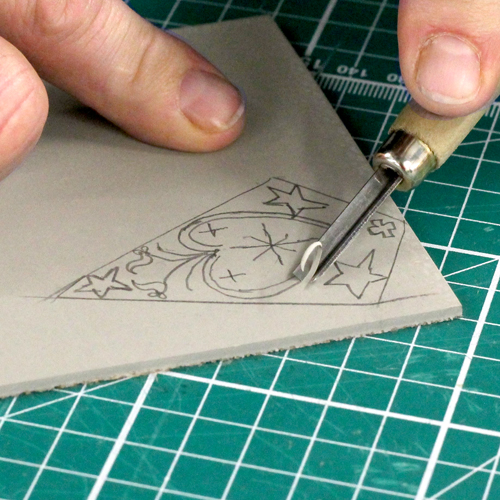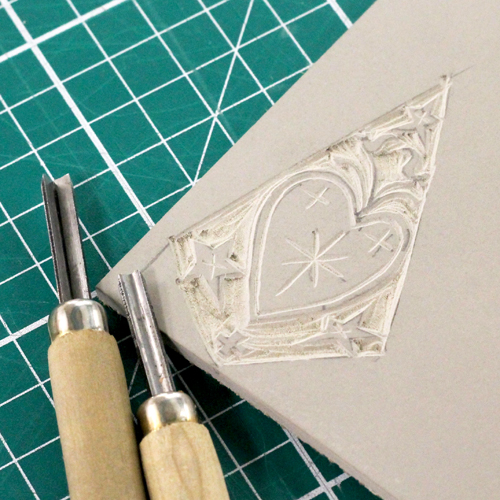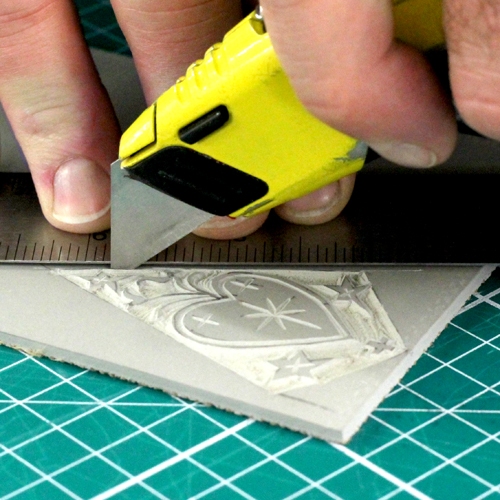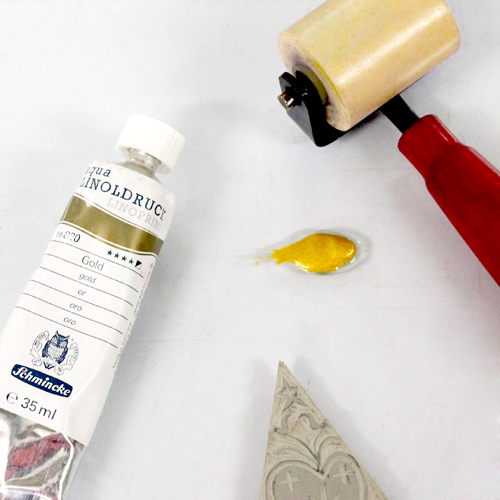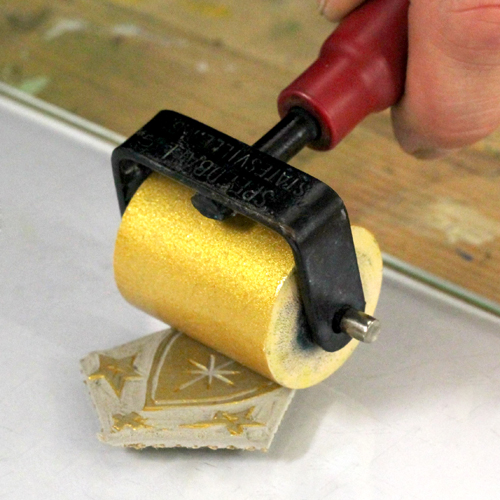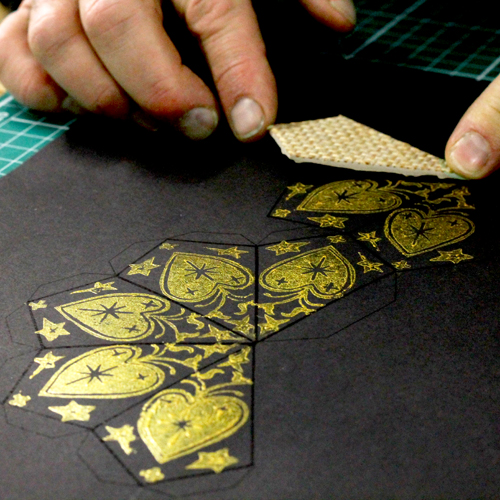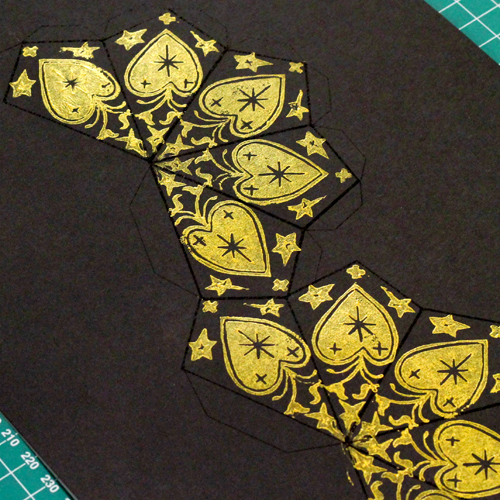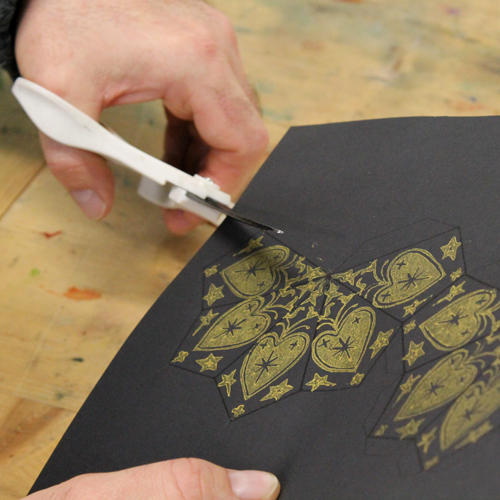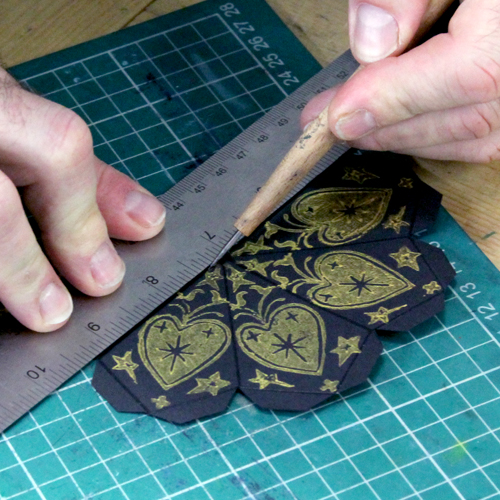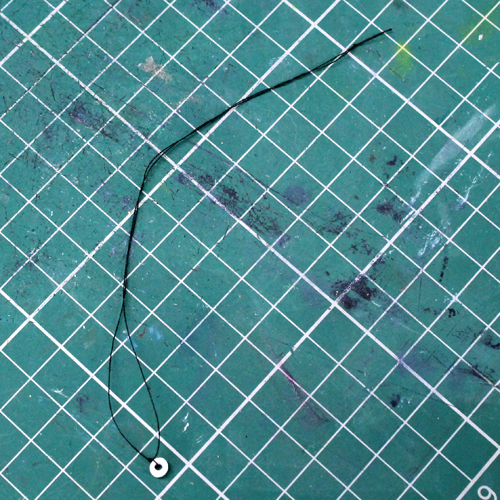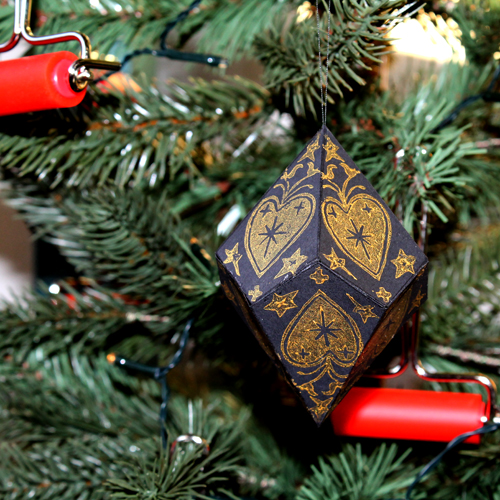We have had a huge selection of amazing printmakers for year’s Meet the Maker feature. Take a look through our 2019 list to remind yourself of our makers and catch up of those you may have missed. Start 2020 with a dose of inspiration by reading through all the advice given out from all our talented printmakers:
Alexandra Buckle
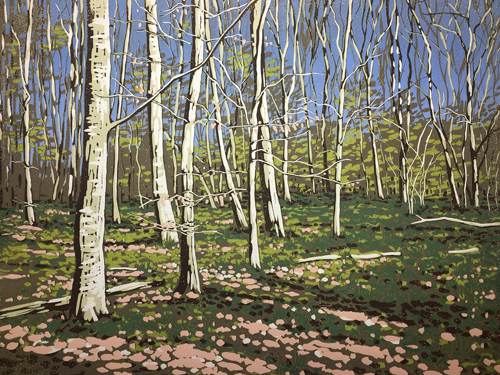
Try things for yourself, find out if it works for you, if it doesn’t try something else.
Be particularly wary of anyone telling you ‘you should create more of this’ or that or the other… If you enjoy creating it, carry on, if people enjoy
buying it, even better.
Kiran Ravilious
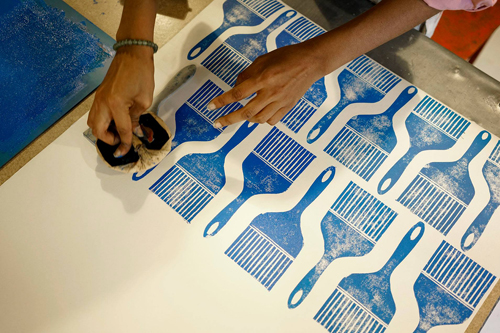
Never give up!
Gemma Dunn
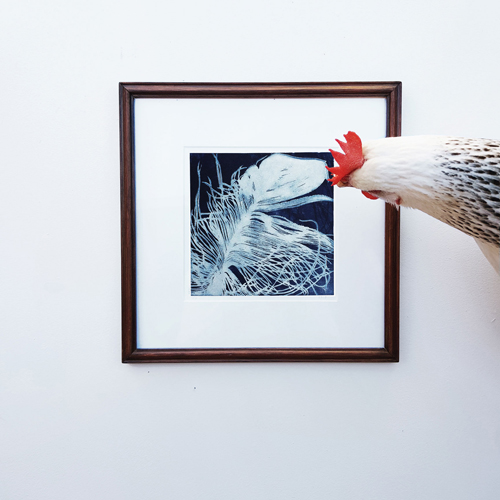
Create. Do it for the sheer joy of it, do it for yourself, do it because the creativity is fiery in your bones. But also make the time and effort to grow
in your skill because a lifetime of learning is the way to stay fresh and humble in what you are doing. You don’t need expensive tools and materials as much as you need an attitude of perseverance. Start with what you have to hand.
James Green
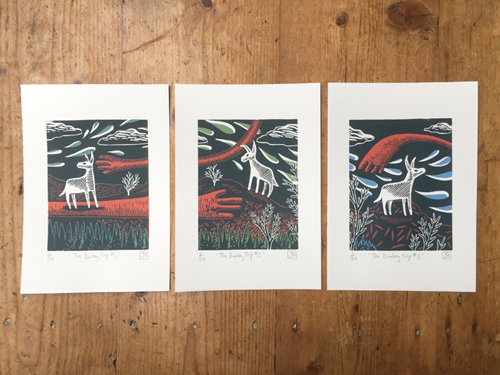
Take your time and find the medium for you. I tried all sorts of things, most of which I didn’t really get on with. Book on a workshop or two and see what takes your fancy. I also think it is important for creative people to do what you enjoy, not what is currently in fashion. If your heart isn’t in it
you won’t last long.
Wayne Longhurst
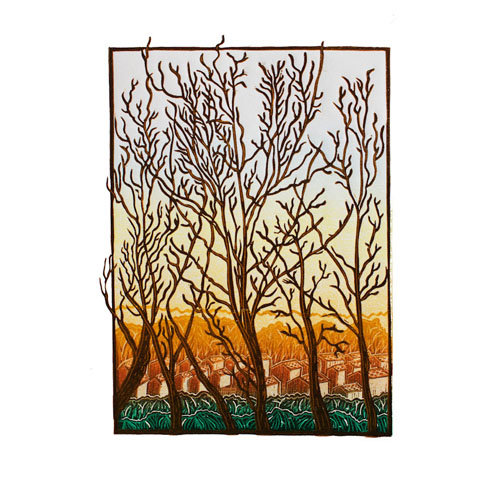
I am currently attending an evening drawing class at Northbrook College. The tutor (Steve Carroll) has his own mantra which is ‘just leave it!’. What he means is that if you make a mistake, then don’t worry about it, just move on, live with it, and adapt to it. Make it work into your piece. Don’t be so precious over every tiny little detail. That has really stayed with me, as it not only applies to drawing, but to printmaking too. If you happen to carve something away but you weren’t meant to, just leave it! You cant undo it, so go with it. Sometimes it’s really hard, but you have to.
So, whether it be drawing, or carving, if you do happen to make a tiny mistake, it’s okay, just leave it. It’ll be fine. The world won’t end! It has taken a while for me to learn that, and I’m not 100% certain that I have completely yet, but I’m getting there!
Masha Tiplady
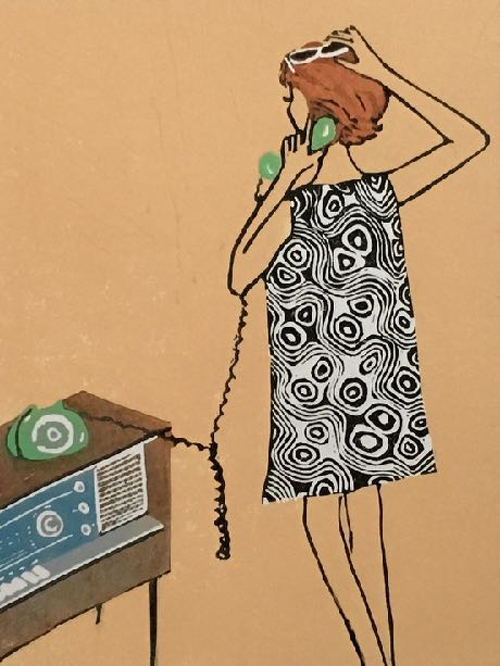
Main advice would be just to go for it! In my experience, the best way to learn is to try something new, even if it scares you and feels overly-ambitious. You’ll make mistakes but that’s the best way to learn.
Kat Flint
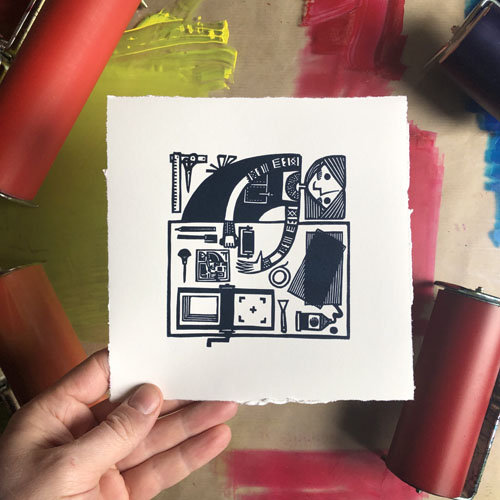
Find your own voice – being distinctive will serve you well, because the people who like your work will like it for the right reasons, and will stick with you to see what you do next. Don’t chase trends all the time, but if you do, make sure to do something unique with them that could only have come from your brain. Practise. A lot. Don’t give up when things go wrong – invent solutions, seek advice, share your mistakes for a laugh… and don’t stop.
Ink and Bear
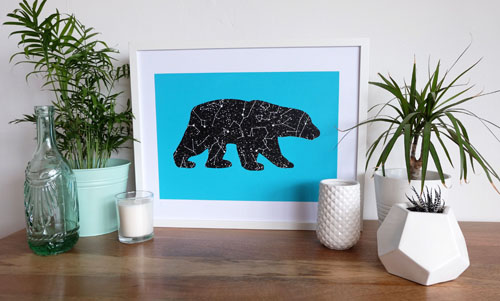
Just jump in and go for it! I spent years using a full-time job as an excuse not to find time to create and now it’s such a nice balance to be able to make something from scratch with such a hands on process.
Kaylene Alder
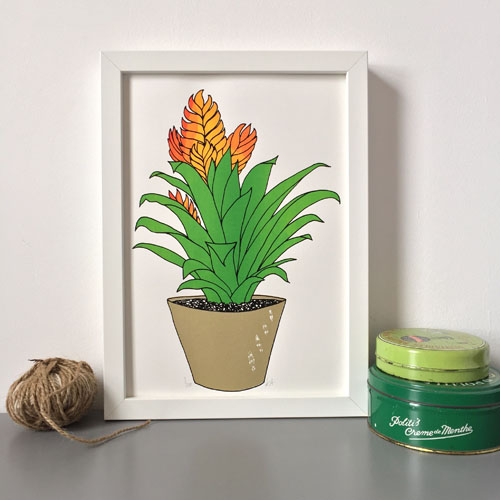
I find I have to remind myself that everyone has their struggles – none of us are alone in that and I know that I have a creative crisis of confidence at least once a month! That’s really common for creatives – self-doubt – but I guess the challenge is to try and focus on the positives and learn from the negatives. So I guess my advice is to be kind to yourself and don’t be afraid to ask questions – there are lots of great peeps out there who are happy to help you through a print problem or just to give a few words of encouragement. Print nerds love a print problem!
Anne Desmet RA
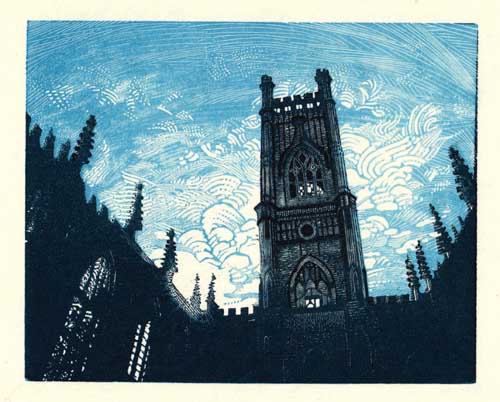
When I was at art school, printmaking – and especially wood engraving – was considered highly unfashionable and not an area of art that any self-respecting artist should have any interest in. I had great support there from the printmaking tutors but regular criticism from tutors who weren’t involved with printmaking and who spent much time criticising my practice and encouraging me to make large-scale paintings instead. In the end, whilst weighing up whether or not any criticism you may get is justified, I do think you ultimately need to work at whatever feels truest to you, whether or not it’s ‘fashionable’ or ’trendy’. It’s impossible, really, to predict what will be the next ‘in’ thing in the art world so there’s not much point in trying to second-guess it. All you can do is make work that comes from your heart and that you believe in. Hopefully, in either the short or the long run, that integrity in what you make will be appreciated by a discerning audience so, stick with it and don’t be downhearted if the sphere of art you have chosen to work in attracts criticism or even disinterest – working as an artist is a long game and you have to enjoy making what you make and believe in it or your life and career may not feel fulfilling. I feel very lucky to have had a long (ongoing) career doing something I truly love and I am delighted that, over the years, my work has built up a strong audience.
Hugh Dunford-Wood

Neither hide nor hoard your talents, but share them, and accrue to them by enquiry with other artists and makers. Celebrate life and remember that the world is full of hosts – there are just not enough guests. So travel, overland, with your sketchbook and not with a camera.
Yuk Fun
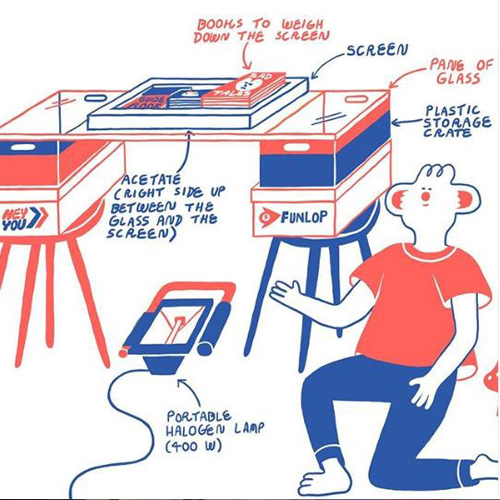
Stop worrying about things going wrong and just go for it! It’s so easy to put stuff off that you’re unsure about, but you never learn until you give it a go.
Sarah Burns
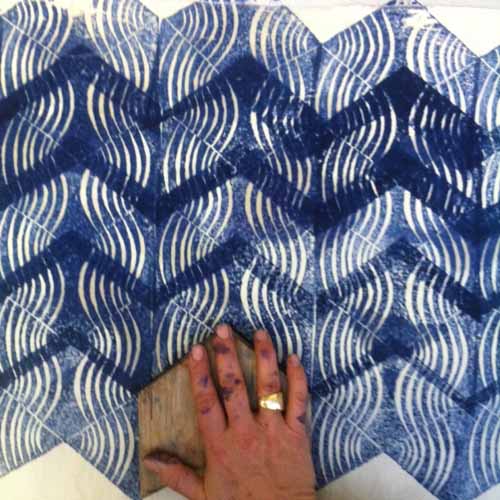
Follow your passion and be brave.
Work hard and keep going – stamina is just as important as talent.
Try and learn something from everyone you meet – everyone has something to teach you.
Find good people to work with – the ideas you have together will nearly always be better than thoughts you have alone and they will be there to keep you going when you run out of steam.
Sean Starwars
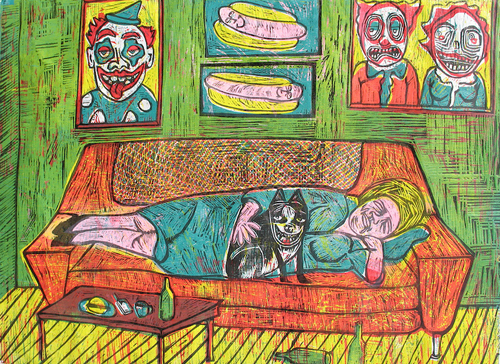
Stay active in the studio, take advantage of every minute you have – don’t just wait till you have a big block of time to work, and lastly be willing to reach out for opportunities – don’t wait for them to come to you! and VERY LAST – HAVE FUN !!!
Jane Dignum
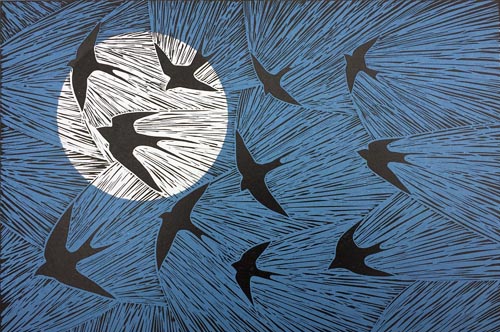
My advice to other creatives would be to always be looking out for new ideas, never be afraid to try new things and just keep on creating.
Susie Hetherington
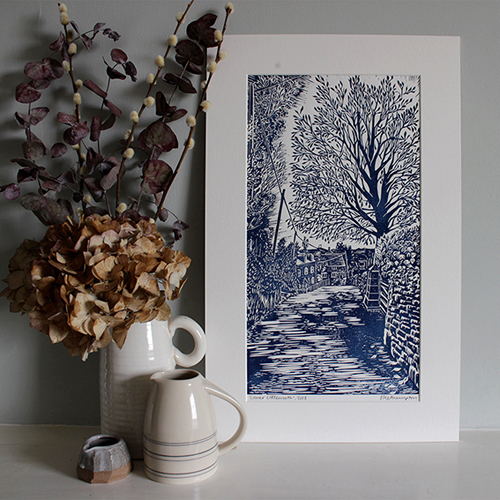
I think the main advice that has helped me is that just getting on and doing is better than overthinking what you are going to do and what it will turn into. I had no idea where drawing again would take me. I had no idea what was going to happen when I picked up a Lino cutting tool for the first time. I now teach beginner Lino cutting workshops from time to time, and that is my main message; don’t worry too much about the results. You learn so much just by doing.
Krona Prints
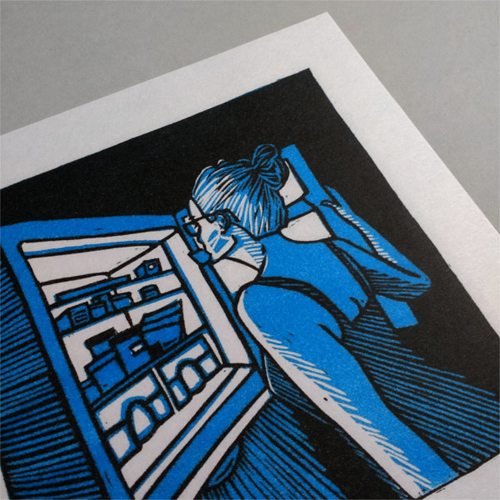
Create things for yourself. Make things that you want to own and things that make you happy. If you do that, then you’ll pretty much never be disappointed.
Lucy May Schofield
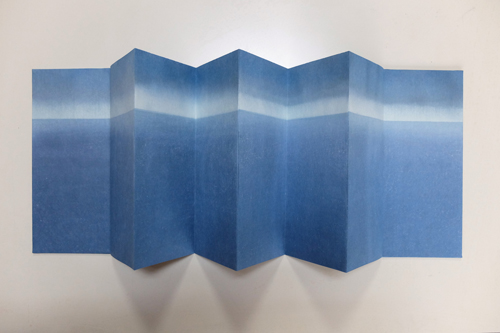
The best advice I’ve ever received in terms of printmaking, was from my Japanese mokuhanga sensei, Tetsuo Soyama san, who said,
‘The world is between the paper and the block. The world changes every minute, therefore the printing can also change.’
Tristan Sherwood
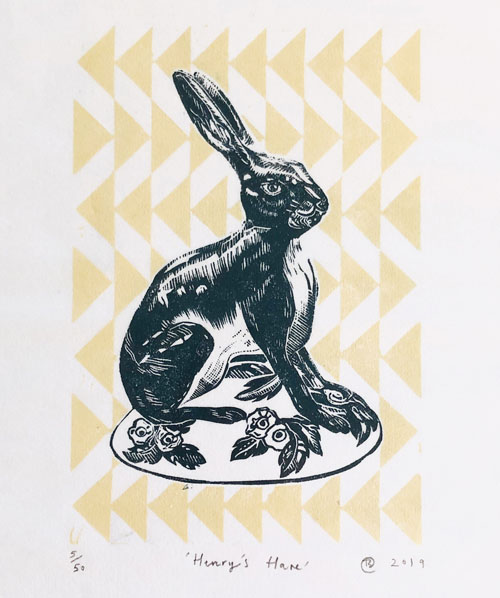
Good cutting tools make a huge difference as do good inks, so visit a specialist supplier and slowly build up your equipment, better to have a few good quality materials and add what you need as your confidence builds. Start on smaller projects and spend time really planning. The online community of artists and printmakers on Instagram has been such a positive experience and really supports my practice. I would recommend setting up an account and following printmakers you admire.
Andy English
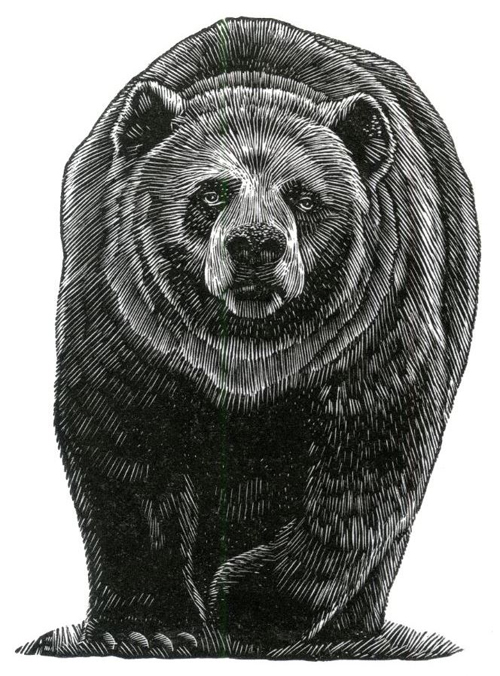
I encourage people to make the work that interests them, rather than what seems fashionable. Work on the craft of printing and do not be discouraged if the results do not match the image in your mind. Learn from it and start the next one. Finally, enjoy those happy accidents that happen to improve a print.
Jane Walker
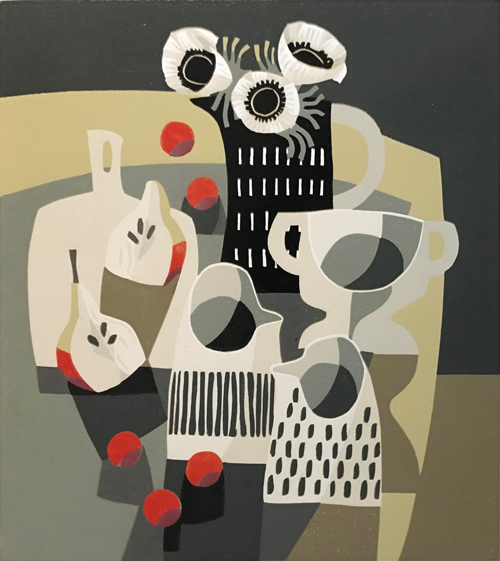
If you finish a print and aren’t entirely happy with it, put the edition away in a drawer – it usually looks much better after a few weeks (not always though).
When it seems that everything you touch is a disaster just keep going, don’t stop and then get out there and be inspired by what other people are doing.
Georgia Bosson
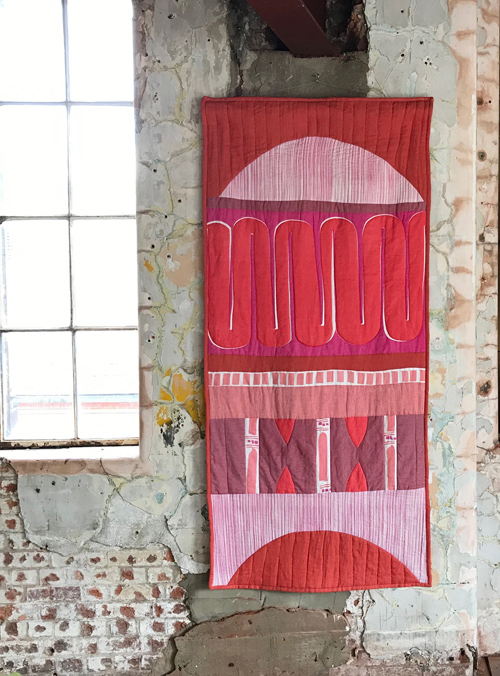
Never ignore your gut instinct, when it comes to choosing exhibitions, deciding which products to make or just which colour to work in that day, you know your work better than anyone so try not to be led by what others think you should do.
Wuon Gean Ho
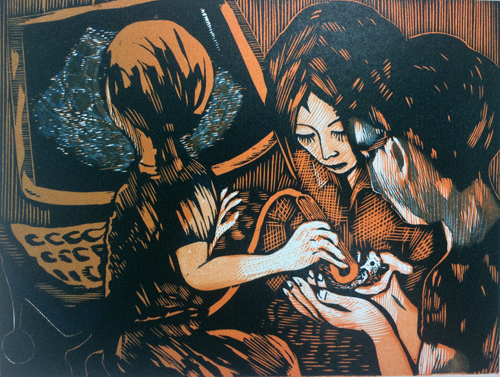
Keep walking towards your goals, even if the path is not straight or easy, because you will always learn something, and the journey is going to be full of surprises.
Claire Whitworth
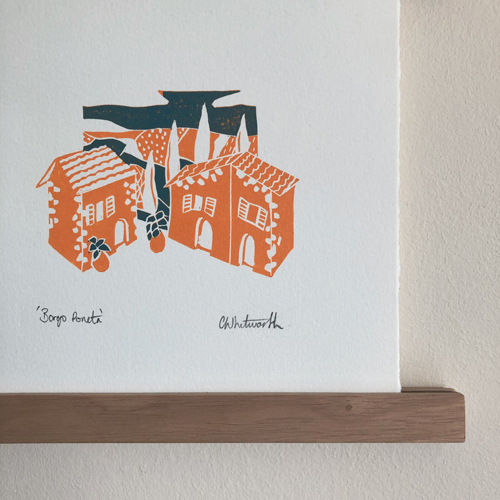
Don’t try to copy someone else’s style just because you can see its working for them. Be your own person and trust your instincts for how you want to create, I know it sounds cliche but it’s so true!
Also never be afraid to try something new, even if it’s completely different to your normal practice. New things can help you grow and develop your style, but it’s also a lot of fun to experiment with a new technique or process and see how you can introduce it into your own work.
I Dress Myself
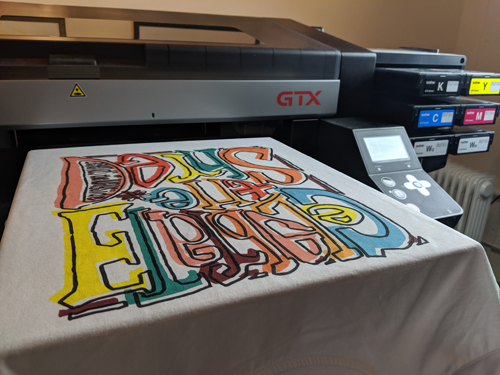
If you’re printing for a client, it’s important to be thorough. Clarify every detail and check back with your client whenever you need to. Ensure that everything is in writing and that nothing is open to interpretation.
If you’re printing for yourself, when you have the idea, just go for it. Doing is the most important thing, you’ll learn as you go.
See all of our Meet the Maker interviews here.

